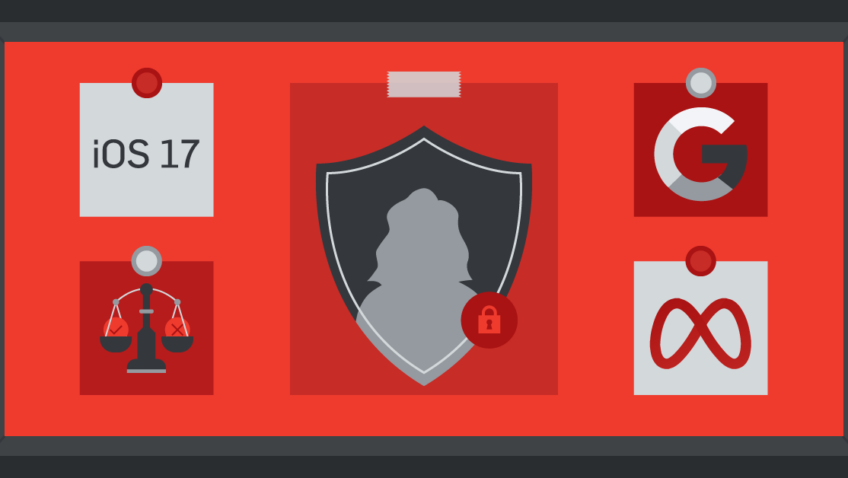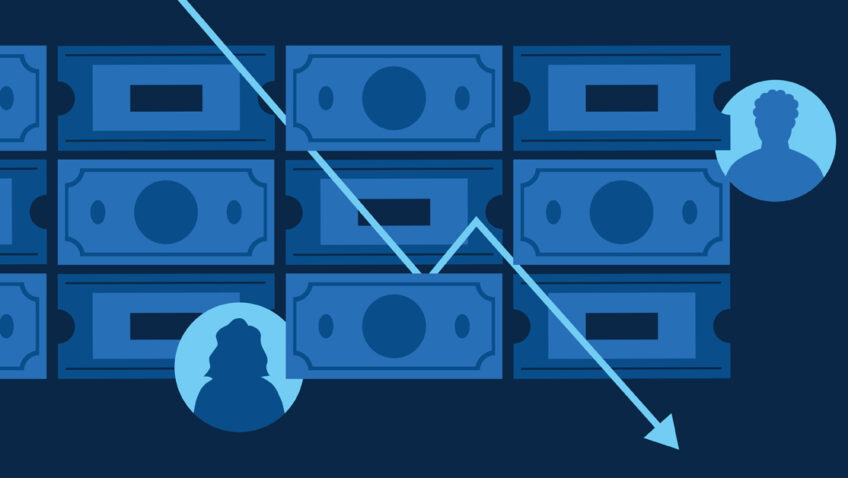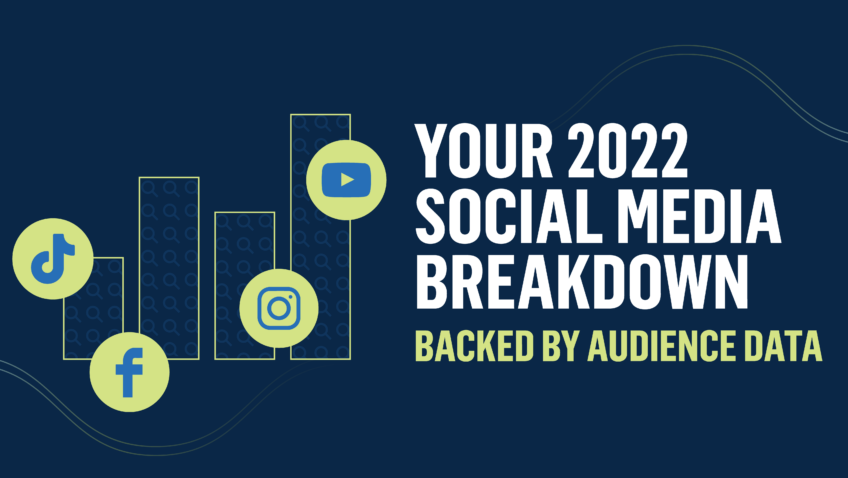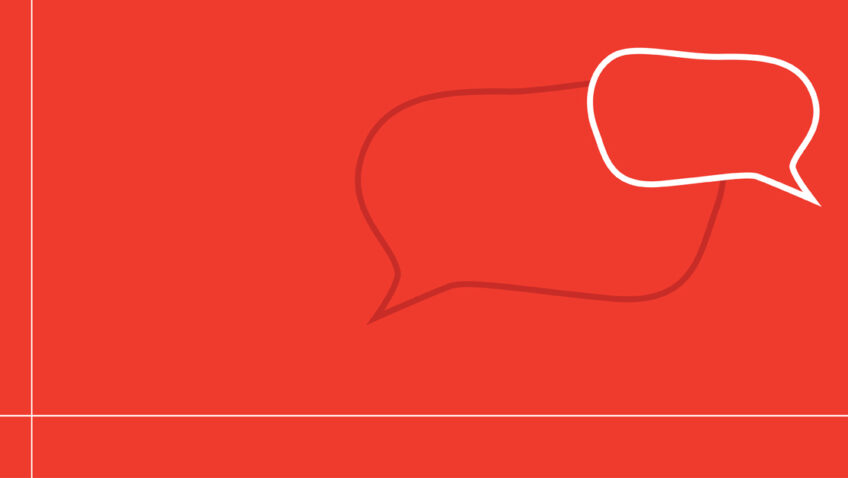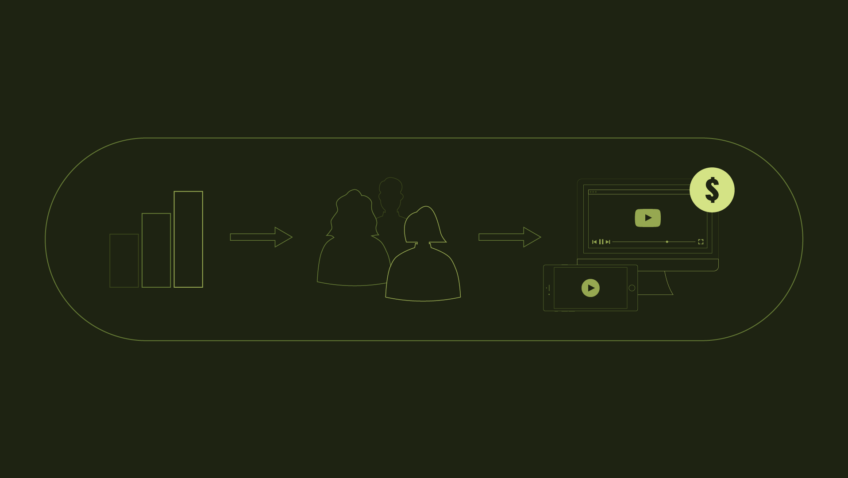Going the Extra Mile for Subscribers and Members During The Pandemic
Ask the Industry
Ask the Industry features advice from arts marketers in their own words. We hope it will spark new ideas for your organization.
In our latest installment, we’re asking two arts administrators, “What are you doing to go the extra mile for subscribers and members during COVID-19?” Sara Billmann, Vice President, Marketing & Communications at University Musical Society, and Mike Servedio, Web and Social Media Manager at The Academy of Natural Sciences of Drexel University give insights on how to shine a spotlight on your nearest and dearest.
University Musical Society (UMS)
Personal Calls to 1,300 Subscriber Households
What are you doing to go the extra mile for subscribers in the age of coronavirus?
Inspired by the efforts of our development office to reach out to donors, we decided to phone all subscribers—about 1,300 households—to let them know about the postponed announcement and answer any questions they might have about the new season. This effort took place over the course of about a week and a half.
Our patron services team was busy dealing with the aftermath of canceling 20+ performances, so the rest of our staff did most of the calls. That included staff members in production, programming, education, marketing/communications, development, and administration areas, up to and including our president. We also had a handful of board members and volunteers participate. All told, we were able to reach virtually all of last season’s subscribers and either left messages or talked to people. Some were very chatty!
How did you organize everything?
We organized everything through Google Sheets. I assigned each staff member an initial group and shared only that group’s info with them. We provided a script and an FAQ for staff and board members. Callers were tasked with noting any data management issues, such as bad phone numbers, and I sorted through the comments and sent any necessary follow-up to our Director of Patron Services.
The subscribers really appreciated the calls. It gave us a chance to show them that we care and were willing to listen, and I think it buoyed some of our staff to hear that many people were excited to hear about the season and optimistic about the future.
In late-June, our staff called the 550 people who had already subscribed to thank them and to let them know in advance about an announcement that was forthcoming about some changes to our fall season.
All in all, people seemed to appreciation the personal outreach, and it also gave us a chance to confirm email addresses and cell phone numbers and to clean up our database for those loyal patrons. Our development team also continues to check in with donors and has made well over 500 calls in recent weeks, not to ask for money, but just to see how people are doing.
Did you keep track of questions/concerns?
Absolutely. Anyone who expressed strong feelings one way or another was also given a CSI in Tessitura so that we could reference their comments (e.g., one person found it “irresponsible” of us to continue with our season; we certainly don’t want to call her back to find out why she didn’t renew).
These calls gave us a chance to (a) communicate our flexible policies to them and (b) figure out where people were confused so that we could tighten up the language. We also added a chat feature to our website, and looking at the questions that people had, we were able to update our FAQ and our TNEW pages in real-time with clarifying information.
How have you changed your policies around subscriptions?
We only have two series with same-seat renewals, and this year we have decided to allow people to “pause” for a year—essentially, we will do our rollover into 21/22 by using 19/20 as a baseline. We’ve also reassured people that we will offer refunds if performances are canceled and will also offer refunds for pretty much any reason during the pandemic period, including if they are sick or if they are simply uncomfortable attending in person.
In light of the number of changes to our fall season, we also changed our “Series:You” (choose your own) package from a minimum of 5 concerts to a minimum of 3. We’ve had a reasonable response to that offer in the two weeks that it’s been available.
What’s one piece of advice you’d give to arts marketers about retaining and bringing in new subscribers in the age of coronavirus?
This doesn’t feel like the time to do a big campaign on new subscribers, and we’ve largely been focusing our efforts on those who have subscribed in the past. Letting people know that we care —that we notice that they have been subscribers—goes a long way. It shows we don’t take them for granted.
But the real reward is that they also let us know how important we are to their lives. When you’re feeling beleaguered by the constant change, endless Zoom calls, and new challenges, that’s a really uplifting message.
Academy of Natural Sciences of Drexel University (ANS)
Digital Events for Members
What are you doing to go the extra mile for ANS members in the age of coronavirus?
We’ve been able to have a really strong series of digital events using our scientists and educators to keep our members interested and to keep the organization top of mind while we can’t welcome people into our physical space. Our membership team has also done an amazing job sending a “Museum Monday” email each week. It not only gives people our digital events calendar but also points to digital content on our blog and social media channels.
Can you talk about the process of brainstorming and implementing this personalized calendar of member events?
Our Institutional Advancement Department did a great job of developing programs both with original ideas and utilizing content that was either already created or scheduled to be created. When our Entomology team started working on a Spring Butterfly Guide for a blog post, it quickly became a digital program where the scientists discussed the guide, took questions, and showcased photos. With people working from home, many people began to notice the birds outside their windows in the early Spring. We were able to turn a regular blog feature about birding into an extremely relevant program.
How did you decide on the livestream/video software to use for these member events? What features were you looking for?
We are using Zoom for our internal meetings, so most of our staff had some experience using that already, making it pretty easy to start there. The ease of using Zoom to then expand publishing to Youtube and Facebook Live was really useful as well. We’ve been able to have events that allow members into the Zoom meeting and then expanding the Zoom program out on Facebook Live for the general public to participate in as well.
What is the internal lift like for these events? How do you make the experience as seamless as possible for members?
It’s really taken a village. The IA team really took the lead in the initial organization of the events. They did great work bringing in so many people from around the museum to make them all happen. Our IT team was instrumental in making sure the tech worked. We’re so lucky to have a deep bench of willing scientists and educators that have shared their expertise. So many others have been involved as well, from creating graphics to monitoring the chat for questions. Almost every museum department has had a hand in one event or another at this point.
Practice really helped with the seamlessness! We put together a group of “Zoom Power Users” early on when things transitioned to being all digital. That group was able to create some processes that could be applied to future events and then improved upon as we went.
What has the response been from new and existing members? How do you measure success?
It’s been positive! Members have been appreciative that we’ve managed to continue to do programs to the extent that we can given the closure of our physical space. Success has mostly been measured by program registrations and email opens. We’ve made all of our digital programs free but also allowed people to donate when they register. While the donation amounts haven’t been huge, every program that we’ve done has had at least a handful of donations, with some having close to 20% of registrants donating some amount.
What’s one piece of advice you’d give to arts marketers about retaining and bringing in new members in the age of coronavirus?
Keep people interested! Through consistent communication and regular digital events, we’ve been able to be just about as engaging as we can be as a museum without the physical museum being open.


